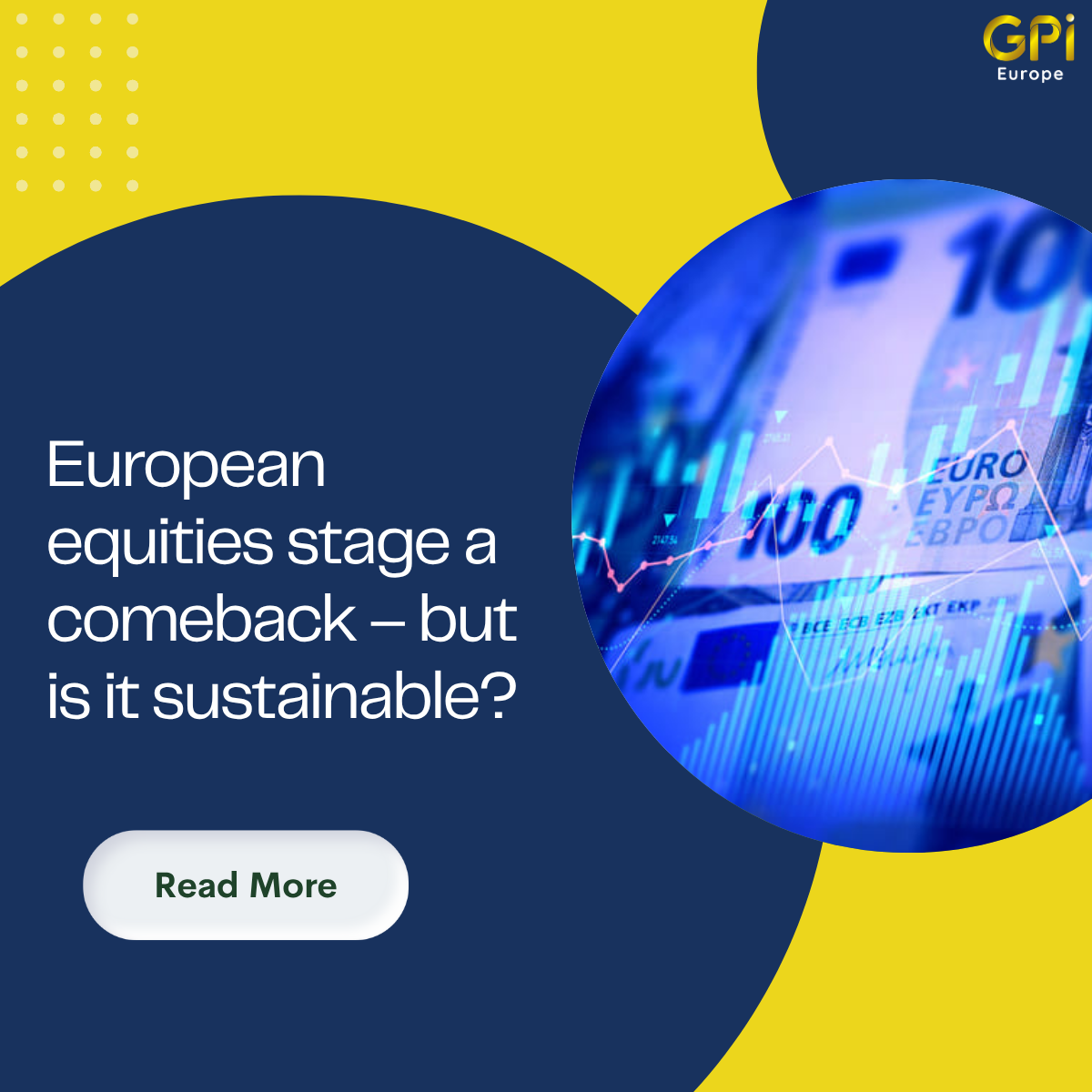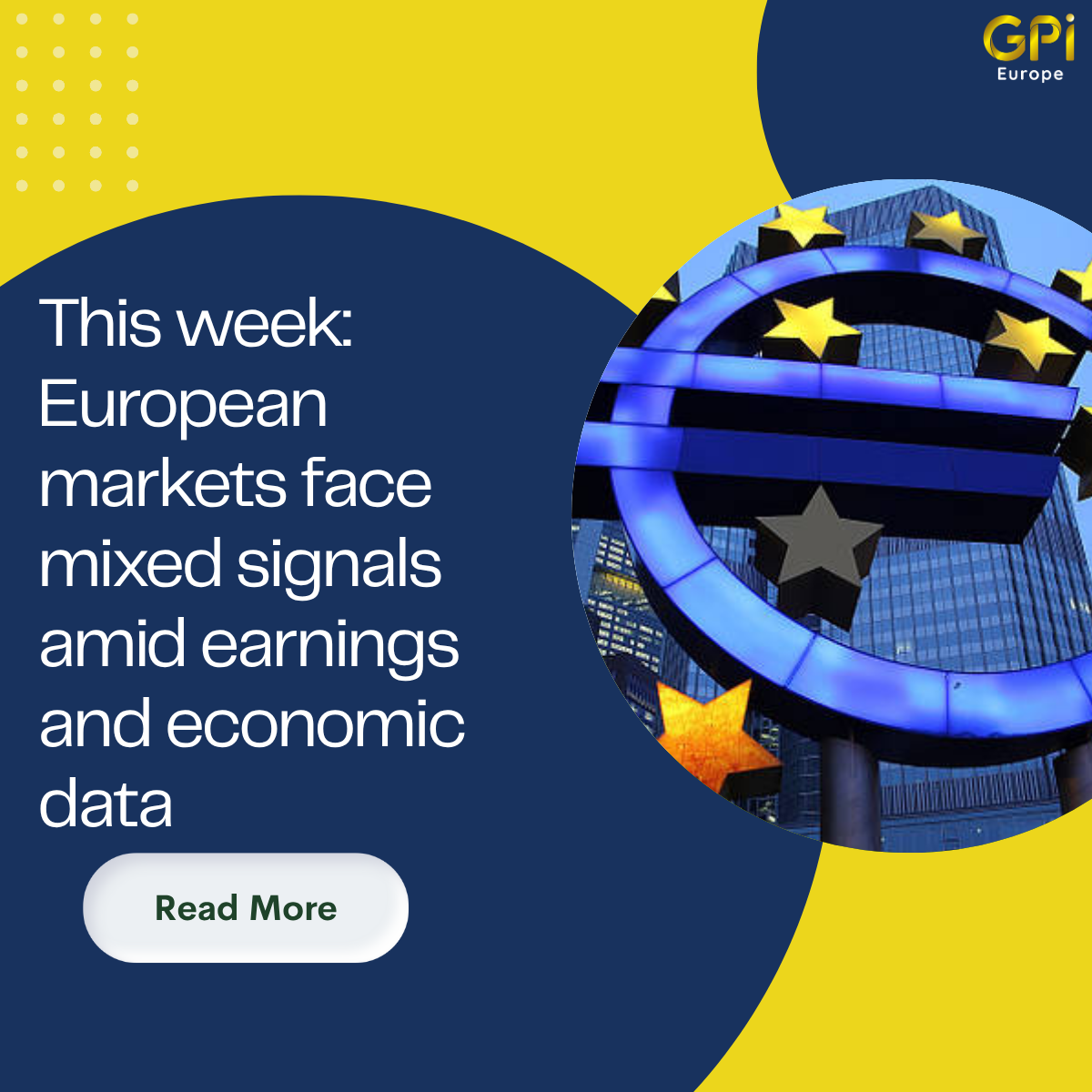European equities stage a comeback – but is it sustainable?
After years of lagging behind their US counterparts, European stock markets are showing signs of renewed strength. The Stoxx Europe 600 index recently touched record highs, fuelled by easing inflation, falling energy prices, and growing optimism about interest rate cuts from the European Central Bank (ECB).
Investors are beginning to take a second look at European equities. Sectors such as industrials, luxury goods, and financials have posted strong gains in recent months. The weakening euro has also helped exporters, especially in Germany and France, as demand from the US and Asia stabilises.
Some analysts suggest that European stocks are finally benefitting from more attractive valuations, after years of being seen as “cheap for a reason”. According to data from Goldman Sachs, European shares are trading at a nearly 30% discount to US stocks on a price-to-earnings basis.
The ECB has signalled a potential shift in monetary policy, with many expecting the first rate cut to arrive as early as this summer. This would mark a significant turning point after a prolonged period of tightening aimed at curbing inflation.
Lower rates could boost both corporate profits and consumer spending across the eurozone. But risks remain—particularly around sluggish growth in Germany and ongoing political uncertainty in several member states.
While momentum is building, experts warn that the rally may not be linear. Global factors, including geopolitical tensions and China’s economic slowdown, continue to cast a shadow over markets.
Still, for investors willing to look beyond short-term noise, Europe may be entering a period of relative outperformance—especially if monetary easing and corporate resilience align.





